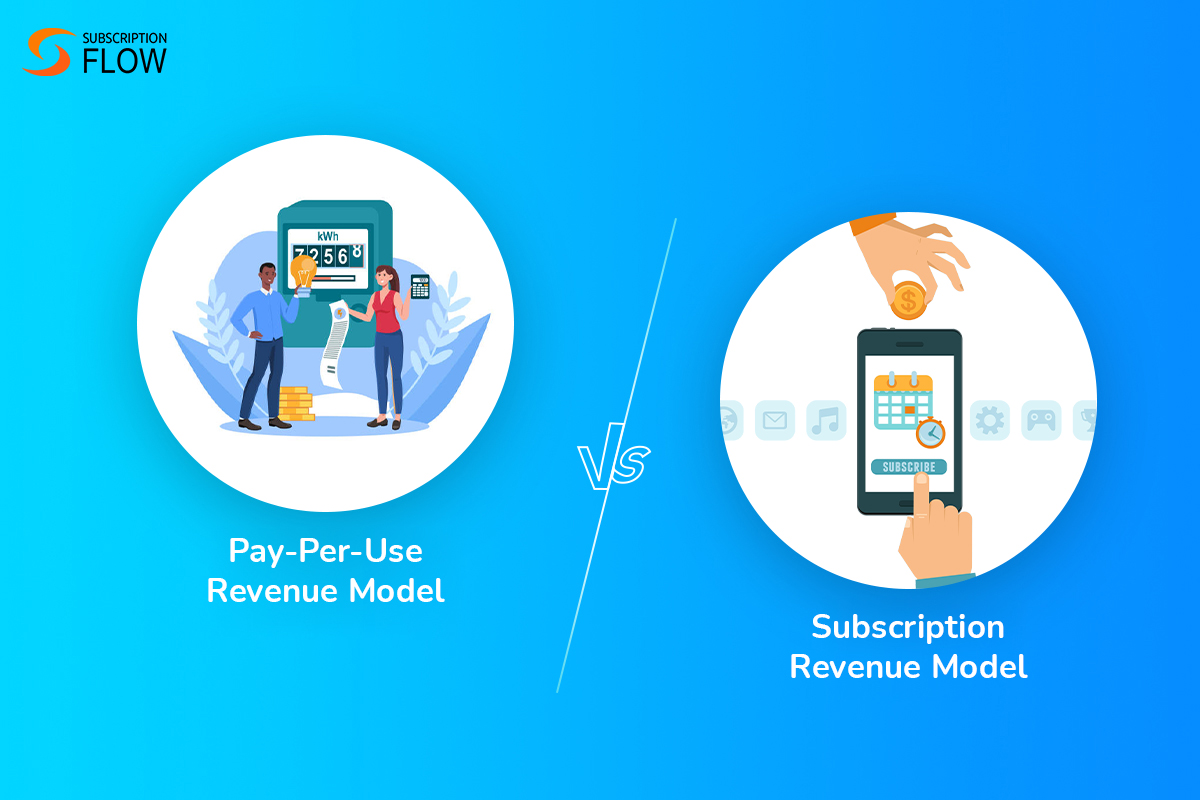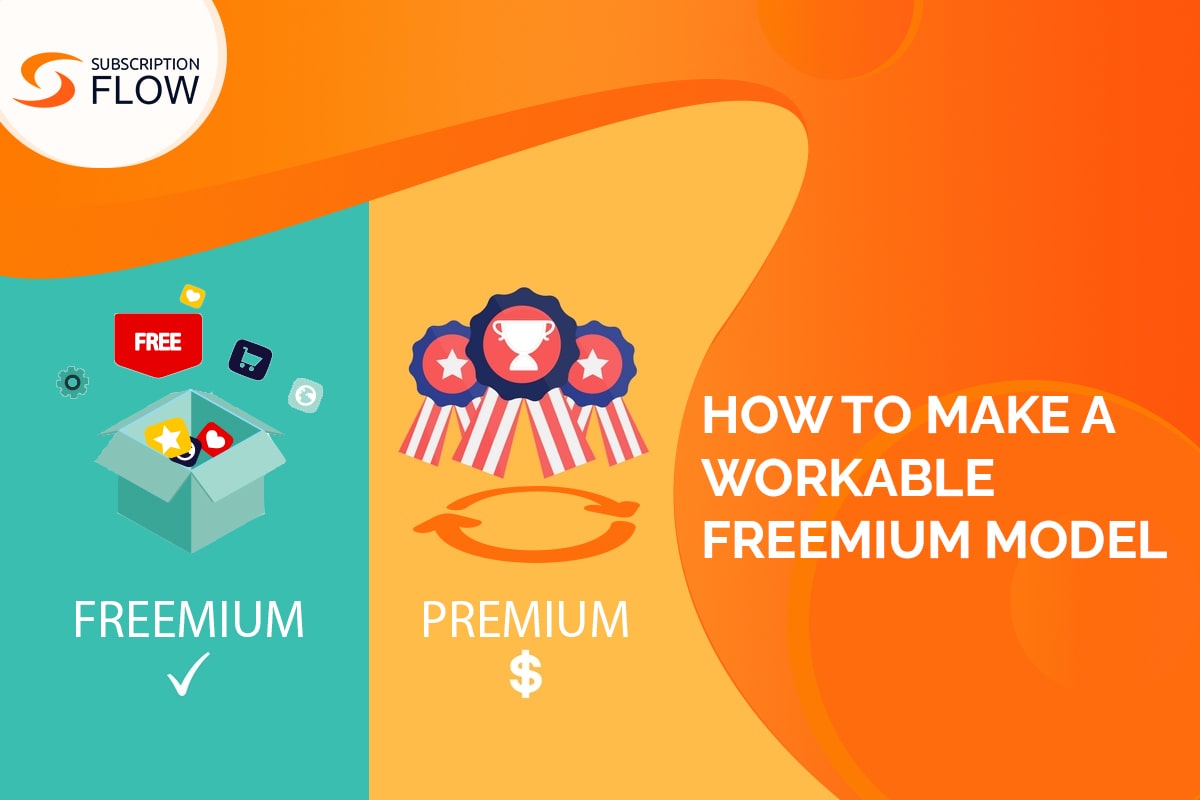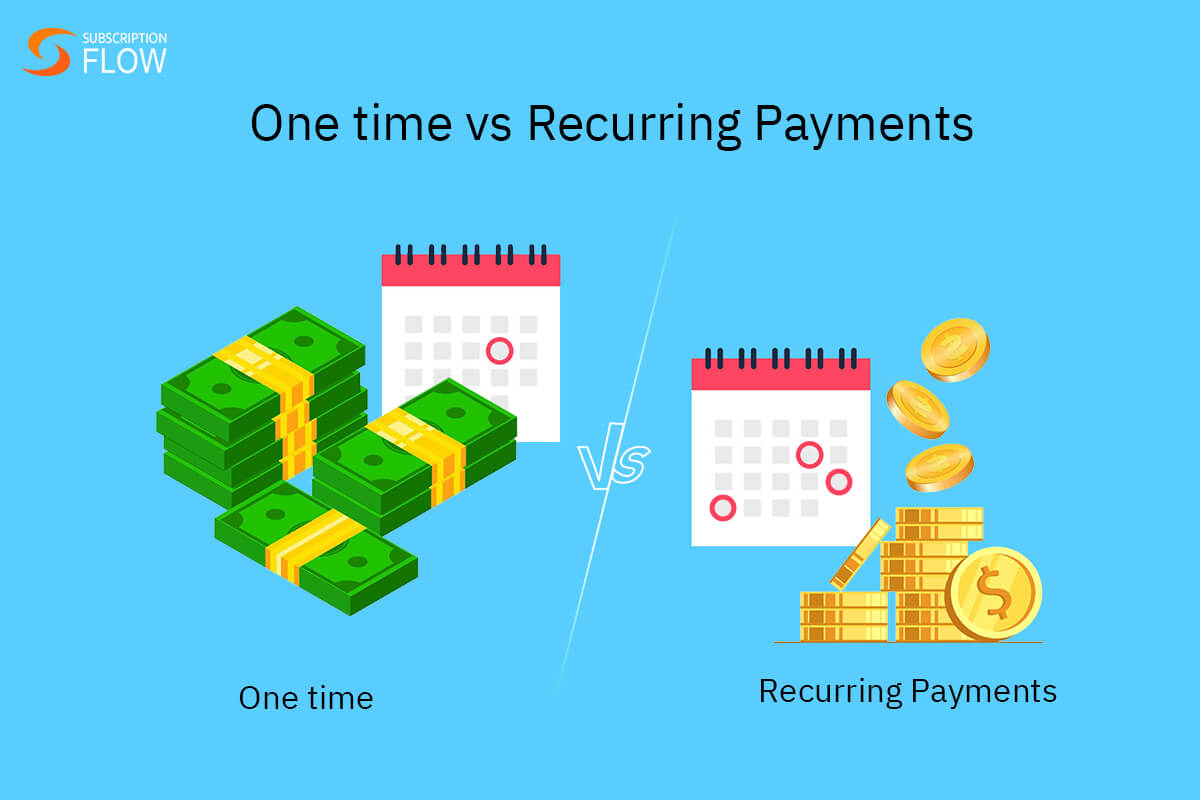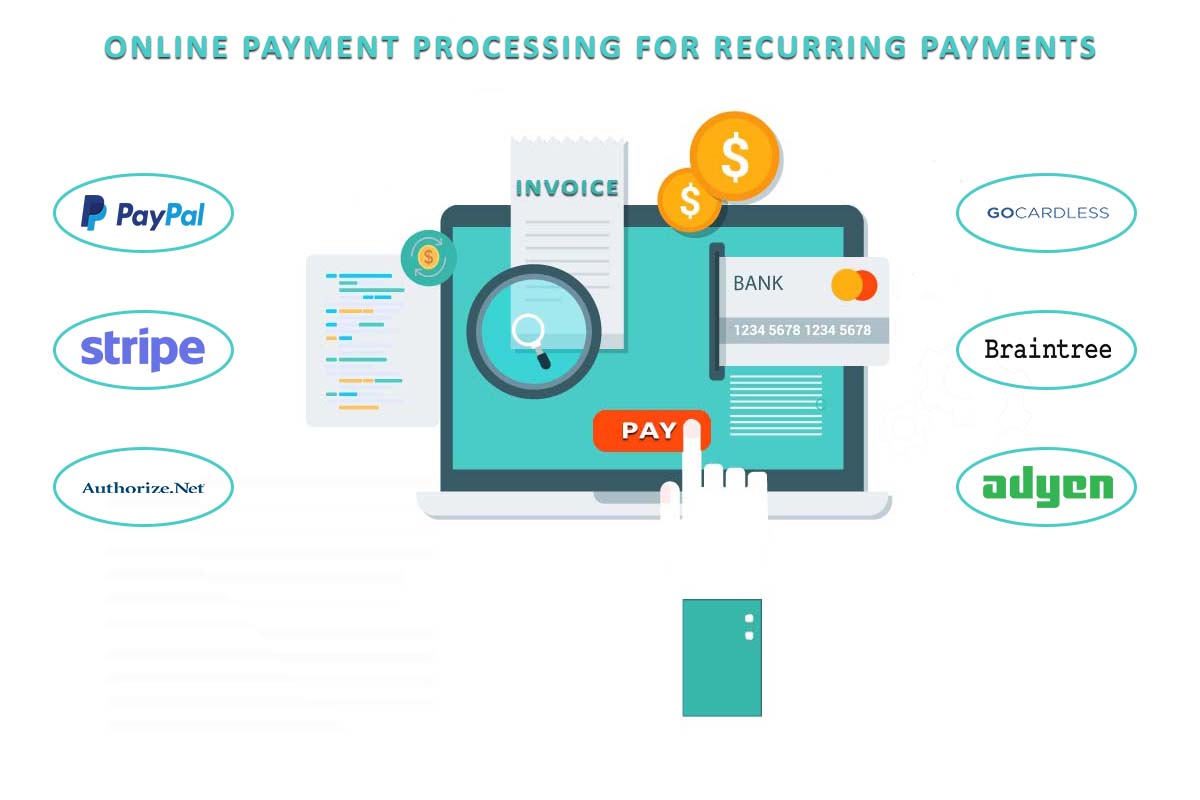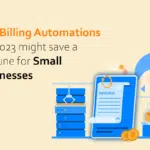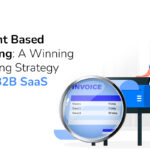
Dynamic Billing Strategy for Revenue Optimization
Billing is not only a process, it’s a strategy. It is not only about collecting customer payment. Rather, it is about how you collect payments, and how you set up prices in the first place. Traditional billing systems endorse flat fees. Businesses are limited to bill all of their customers the same way, at all times.
Dynamic billing says otherwise. It is responsive to real-time trends and customer expectations. With dynamic billing models, companies can price their products and services in the most appealing of ways. They can keep up with evolving customer demands, and stay ahead of market competition.
With this billing strategy, businesses can tap into many revenue opportunities that they might have been missing in the past.
Let’s get to know about dynamic billing from scratch.
What is Dynamic Billing?
Dynamic billing means billing customers flexibly based on a number of factors like service usage, market trends, customer location, and timing. This type of billing is gaining immense popularity in the world of subscriptions as it does not lock customers into paying fixed prices on repeat.
Fixed service prices can come off as rigid and even unfair, especially for services which have dynamic usage. Online service usage can vary, so why not service prices? Dynamic billing makes customers feel like they are cared for, and offers them the sense of fairness and transparency that fixed pricing can’t.
Dynamic pricing is an integral part of dynamic billing. It means that businesses price their services according to their value as perceived by the consumers. Rather than charging a flat fee for products, implementing flexible pricing models can prove a better approach to win customers.
Loyalty rewards, seasonal promotions, and group based discounts are some ideal examples of dynamic pricing. Such pricing strategies help businesses master customer retention, and drive revenue growth.
Example of Dynamic Billing
Let’s imagine a streaming service company that provides monthly subscriptions. Unlike traditional subscriptions, this company does not charge users a fixed fee. Instead it charges them based on their usage. So users who watch only a few movies in a month will be charged lower as compared to those who utilize the media more.
And that’s not all. This company extends time-sensitive discounts as well. It means that during special events, such as ‘back to school’ or off-peak hours, it reduces the subscription charges. Reducing charges in these times is crucial to attract more customers. That is because normal customer traffic might be low in these periods.
Similarly, in holiday seasons like New Year and summer vacations, this company increases subscription charges. That is because in these seasons, the streaming service demand becomes popular again. People are off their schedules for a limited period, and it’s the perfect time to stream without time constraints. The company takes advantage of this situation, and maximizes profits.
This company is executing dynamic billing by responding to the constantly changing customer demands. The response is in the form for pricing adjustments based on timing and usage.
Dynamic Billing Vs Static Billing
Static billing means offering fixed pricing. Let’s suppose there is an online academy that charges users a fixed fee of $50 every month. Even if a student attends only 2-3 of its lectures in a month, they still have to pay the full fee. That is what makes static billing so inflexible.
It doesn’t adjust according to usage, and doesn’t offer limited time discounts. Due to these reasons, static billing can be unappealing. Contrarily, dynamic billing is versatile and multifaceted. It offers users the pricing that they perceive to be fair, and modifies billing according to a number of factors.
Let us explore those factors one by one.
What Does Dynamic Billing Entail for Subscription Businesses?
Dynamic billing entails a number of factors for subscription businesses. Here are some major ones:
1. Usage-based billing
Usage-based billing is the core factor of dynamic billing. It adjusts online service charges based on how much the users actually consume it. For accurate implementation of this billing type, businesses need a powerful system in place.
Such a system is able to gauge service usage in real-time, and modifies charges accordingly. There are certain pre-defined service units. Total charge is based on how many units are consumed.
For instance, a cloud-storage company can prorate charges based on how many units of storage a subscriber has utilized. In this way, users won’t have to pay for what they did not use.
Additionally, some companies prorate charges based on the time of service usage. Mobile network companies price their call and internet service packages based on peak and off-peak hours.
Packages that are meant for peak hours (usually the business hours) are generally more expensive than those meant for off-peak hours. This ensures that the companies make maximum profits in the peak hours, while also doing well in the off-peak hours.
2. Charge Adjustment
This is yet another crucial aspect of dynamic billing. Subscription charge adjustments are only done when the need arises. Billing systems must be flexible enough to manage charge modifications without any bottlenecks.
These include billing proration, plan changes and discount application. Proration is needed when customers cancel mid-subscription. Since most subscriptions require upfront payments, the cancelling customers want their remaining payment back.
Such refunds can be accurately calculated with the help of an agile billing system that tracks usage. It can prorate charges based on usage, and return the unused customer payment.
Proration is also required when subscribers wish to switch their plans. They might opt for higher or lower level plans. If they opt for a more expensive plan mid-cycle, the system considers the unused part of their initial payment, and deducts that from the total fee of the new plan. It then charges the user only the remaining amount.
Similarly, if the user downgrades to a cheaper plan, the unused part from their initial payment is refunded to them.
Moreover, advanced billing software ensures that you offer discounts and coupons successfully. Discounts can backfire on you if not calculated properly, or if the promotion codes are left forgotten for too long.
It is the responsibility of the dynamic billing system to execute precise discount calculations, and only for those users who are eligible. This helps in the allocation of loyalty discounts to those customers who have earned them.
3. Location-Based Pricing
International subscription companies may not charge the same service fee for every country. That is because each country is different economically, and has currency and tax variations. Charging a standard service fee across countries can be unwise. This puts customers with weaker currencies at a disadvantage.
Dynamic billing systems enable companies to charge customers differently based on their geographical location. The system also takes country-specific taxation laws under consideration, and applies accurate taxes. This ensures that each customer is billed fairly, and lets the company broaden its outreach.
4. Dynamic Invoicing
Dynamic invoicing means generating tailored invoices according to flexible billing schedules. Billing schedules do not have to be rigid, and stick to fixed dates. Companies can flexibly set up different subscription cycles for each customer.
It is the job of your billing system to generate invoices according to unique schedules, and even on-demand. These invoices can contain prorated charges data, taxes and any discounts applied. Businesses can also rely on advanced systems like SubscriptionFlow to customize invoices.
Custom invoices contain the data fields of your choice, and can include a breakdown of each user’s charges for better transparency. For instance, it can include the data usage record of the customer, and the calculation of their total charge based on that.
5. Customized Plans
Some advanced billing systems offer you insights into your customer behaviors and revenue trends. You can identify your most and least popular plans, and analyze what each customer prefers.
Then you can create personalized subscription plans with varied charges and offer them to the relevant customers. This can resolve the difficulties some customers might have been facing with standard plans, and keep them retained.
For example, there are customers who only need a streaming service during weekends. They feel like paying the monthly subscription fee in full is a waste as they do not utilize the service on most days.
The streaming company can address their problem by creating a custom streaming plan that activates on weekends only. It will be cheaper than the standard monthly plan, potentially retaining the previously dissatisfied customers.
6. Real-Time Adjustments
Businesses can encourage users to upgrade their subscription tiers in real-time. Suppose there is an AI-detection software that only allows 30 detection tries in a month for a certain tier. In order to increase the number of tries, the user has to switch to a higher subscription tier.
When users run out of their monthly tries, the system dynamically offers them to subscribe to the higher tier for a discounted price. This incentivizes customers to continue service usage for a lower price.
These offers are impactful as they are real-time, and are personalized for each user. They give customers just the push they need at optimal times, and shift them to higher tiers.
Why Has Dynamic Billing Become the Need of the Hour?
Dynamic billing is no longer optional. It is increasingly becoming a need for businesses that wish to stay ahead of the curve. There are multiple benefits that dynamic pricing carries for subscription businesses:
- Better Revenue Opportunities
Dynamic billing unlocks more revenue opportunities for businesses than traditional billing does. It allows them to attract more customers by setting up appealing prices that the customers also perceive to be fair.
It also empowers them to retain existing customers by offering them personalized subscription options, loyalty rewards, usage-based billing and more. Increased customer acquisition rate as well as customer lifetime value automatically give revenue a boost.
Moreover, with dynamic billing, companies can fully leverage time-sensitive opportunities to boost profits. They can adjust charges based on service demand, and make the most out of peak demand periods such as holiday seasons.
- Smart Personalization and Upselling
Personalized subscription offers based on customers’ usage patterns are impactful, and make your customers feel valued. Dynamic billing software helps you extend personalized discounts and offers in real-time to at-risk customers in order to retain them.
Additionally, personalization can go beyond simple retention. Incentivizing subscribers at the right time can actually motivate them to level up their subscription plans. Dynamic billing platforms track customer usage in real-time and unlock many upselling opportunities for you. These opportunities are almost non-existent in a static billing system.
- Transparent Billing
Dynamic billing systems ensure that your customers are always billed accurately. Since this billing does not involve manual calculations, it is precise and error-free. Data usage is tracked, and charges are prorated effortlessly.
All the charges are clearly provided in the invoice for customer convenience and transparency. Customers have complete control over what they pay for, and how much. They are encouraged to pay for only what they use, and make pocket-friendly subscription investments.
SubscriptionFlow for Frictionless Dynamic Billing Implementation
SubscriptionFlow is a powerful dynamic billing engine that adds flexibility to the operations of your subscription business. With our advanced automation and customization, you can execute dynamic billing effortlessly.
Our core features include:
- Dynamic billing models
You can choose from a range of billing models: usage-based, tiered, hybrid and more. Our software handles complicated billing scenarios gracefully.
- Discounts and coupons
SubscriptionFlow lets you apply flat promotions, and customer segment specific discounts as well. These discounts can vary in amounts and durations. We perform accurate discount billing and ensure fair pricing.
- Custom subscription plans
SubscriptionFlow lets you offer gift, trial and group subscriptions to expand your outreach. Create custom subscription bundles and cater to the needs of a wider audience. You can also offer entitlements, such as additional items or services based on the customers’ subscription level.
- Custom billing schedules
You are free to customize recurring billing schedules as you see fit. Enable standard subscription cycles such as monthly, quarterly or yearly, or offer unique cycles to special customer segments. Our software accurately bills each customer according to their unique schedule.
- Geo-based billing
SubscriptionFlow lets you adjust pricing and taxes according to your customer’s geographical location. We support invoicing in multiple currencies, and connect you with a range of global and regional payment gateways.
- Smart dunning
We equip you with intelligent dunning and payment recovery tools to keep your revenue flow going strong. SubscriptionFlow auto-renews subscriptions, and flags unpaid invoices. Customers can be sent personalized payment reminders and renewal notifications to boost payment success rates.
Book a demo with SubscriptionFlow today, and make the most out of your dynamic billing strategy. Achieve measurable results, and monitor your strategy performance in real-time.

